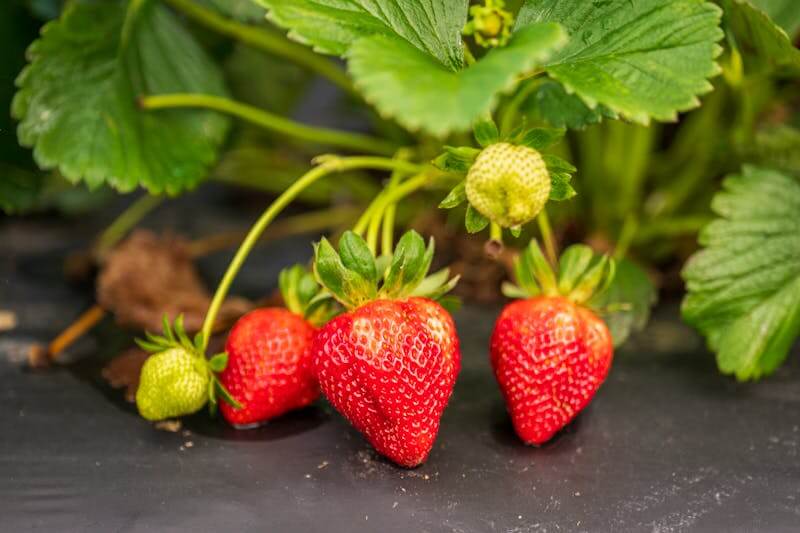How Does Your Garden Grow? (Grades 3-5)
Students synthesize what they know about soils, plants, and the environment to plan a garden, present their plans, and explain why they made the decisions that they did.
Students synthesize what they know about soils, plants, and the environment to plan a garden, present their plans, and explain why they made the decisions that they did.

Students identify the structure and function of six plant parts and classify fruits and vegetables according to which parts of the plants are edible.
Through project-based learning, students use school resources to construct and grow a school garden to supplement the school Backpack Program with fresh fruits and vegetables.
Students identify foods grown in a garden, observe various types of seed, and grow their own "milk jug" garden. Students listen to the Tale of Peter Rabbit, by Beatrix Potter and investigate produce that is grown in gardens or on farms.
Students investigate the different digestive systems of livestock, examine the unique nutritional needs based on these structures, and discover the responsibilities of an animal nutritionist.
Students observe how earthworms speed the decomposition of organic matter and identify how this adds nutrients to the soil that are important for plant growth by constructing worm habitats from milk jugs.
Students will discover the connection between climate and our food supply as they answer the question, "Where does it grow?" They will also explore the consequences of climate change on our food supply and discover how advances in science can help farmers adapt to climate change.
Using tomatoes as a theme, students practice the math and science skills of estimating, measuring, counting, graphing and sequencing.
This lesson highlights awareness of consuming nutrients and calories away from home, and where to find the calorie and nutrition information for foods available in fast food restaurants. It also highlights how to determine individual calorie needs, as well as the number of calories in a typical fast food meal, and it focuses on dietary goals for saturated fat and sodium.

This lesson highlights awareness of consuming nutrients and calories away from home, and where to find the calorie and nutrition information for foods available in fast food restaurants. It also highlights how to determine individual calorie needs, as well as the number of calories in a typical fast food meal, and it focuses on dietary goals for saturated fat and sodium.
Students investigate the sources of different foods and examine the importance of eating a variety of nutritious foods.
Students investigate the sources of different foods by differentiating between foods originating from plants and foods originating from animals.